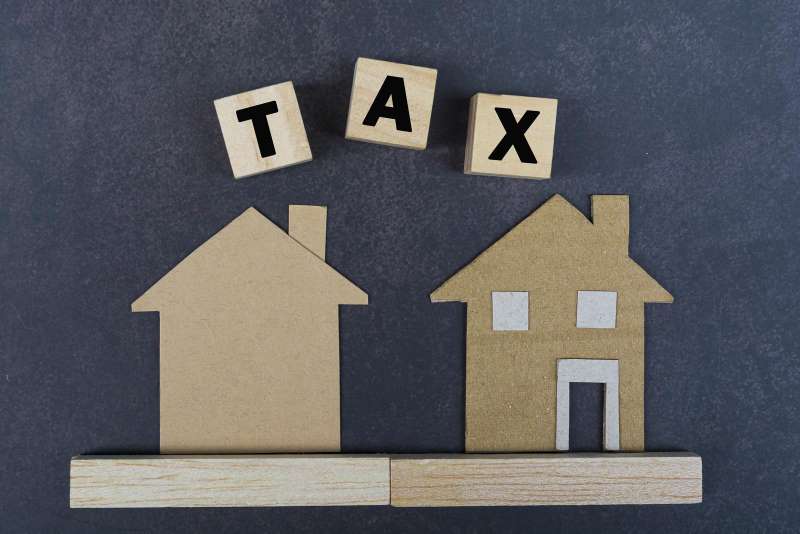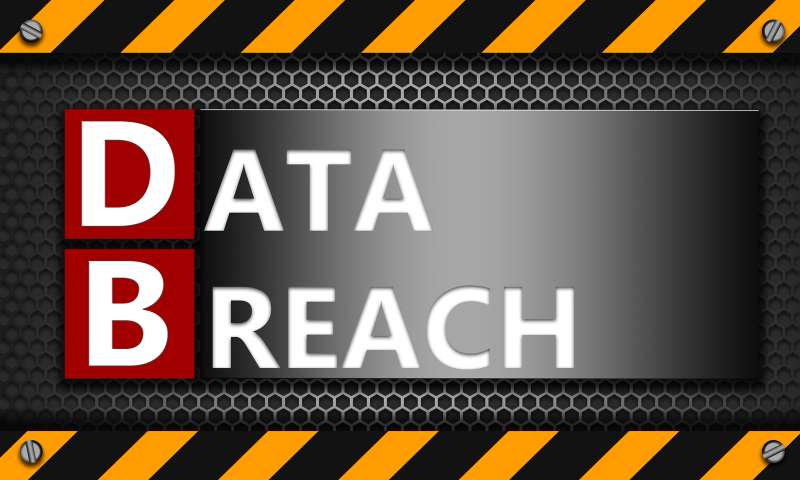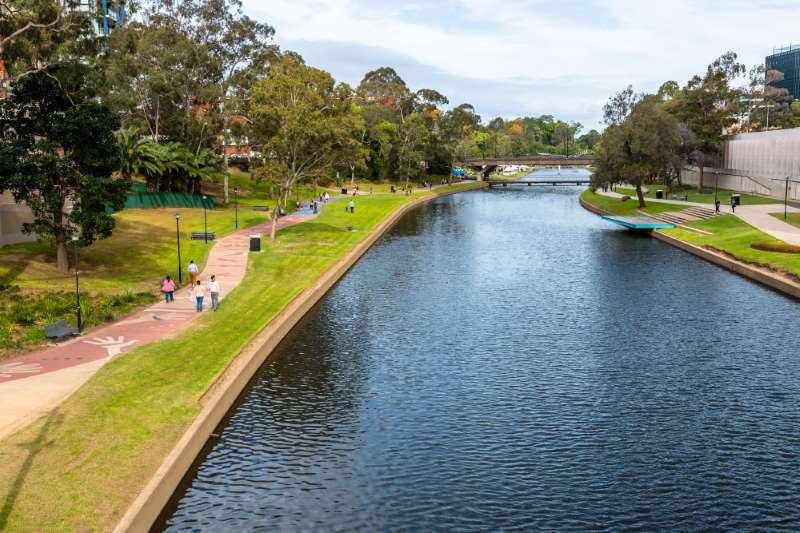Case Review: Orfali v Commissioner for Fair Trading [2024] NSWCATOD 4
The NSW Civil and Administrative Tribunal (NCAT) has recently affirmed a decision of the Commissioner for Fair Trading (Commissioner) to cancel a certifier’s registration and disqualify him from registration for 10 years. Orfali v Commissioner for Fair Trading [2024] NSWCATOD 4 (Orfali Case) is a case that exemplifies the necessity for certifiers to ensure they comply with conditions of their certificates of registration.
Background
The Applicant, Mr Orfali, applied for an NCAT review of the Commissioner’s decision to cancel his registration as a registered certifier and disqualify him from registration for a period of 10 years. [...]












